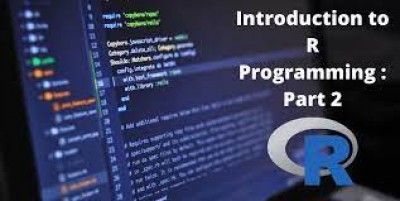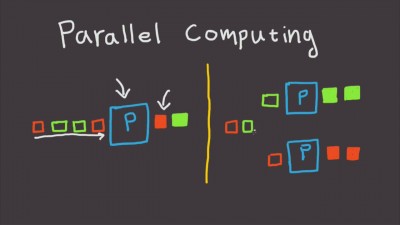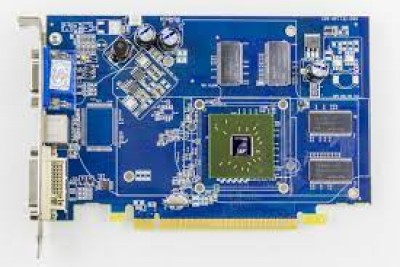Theory of Computation II
Overview Regular languages:Introduction: Scope of study as limits to compubality and tractability - Why it suffices to consider only decision problems, equivalently, set membership problems. Notion of a formal language - DFAs and notion for their acceptance, informal and then formal definitions.
English
Last updated
Thu, 16-Jun-2022



















